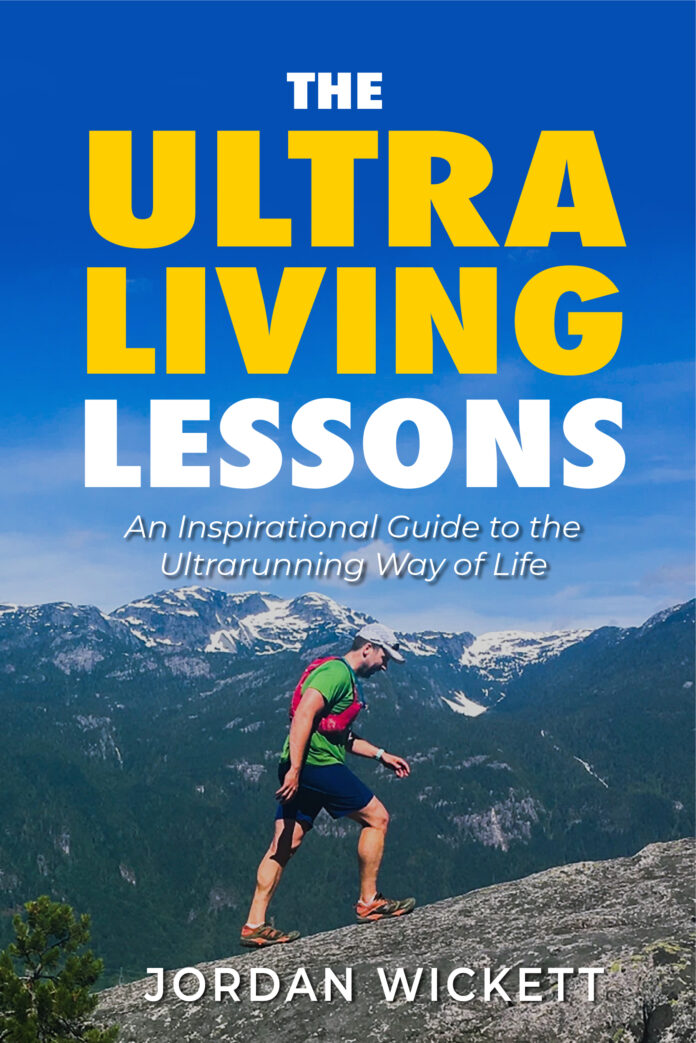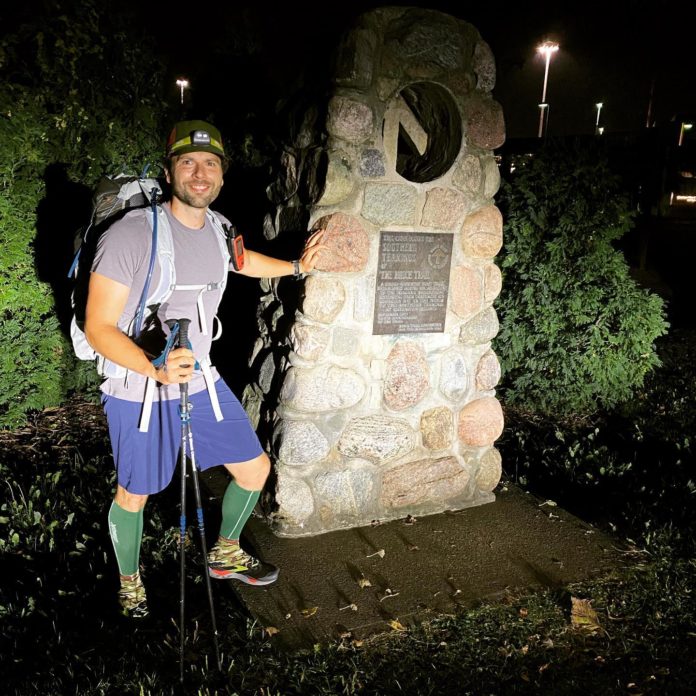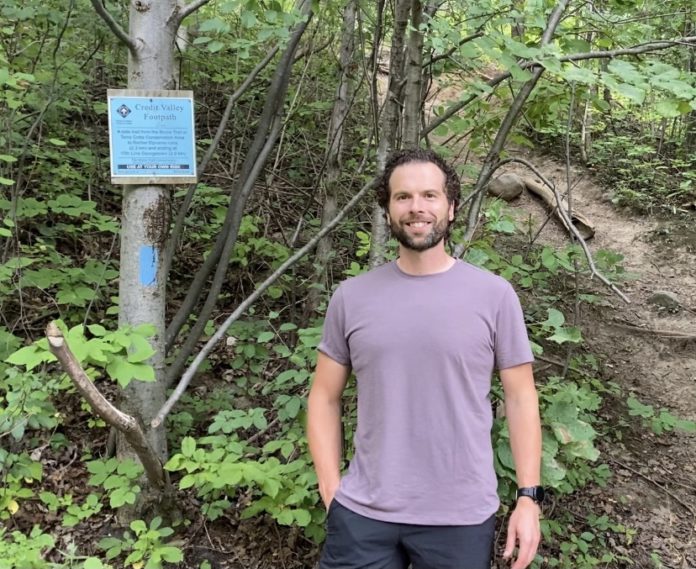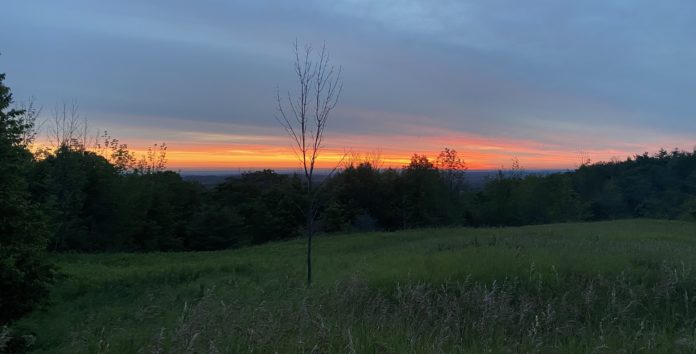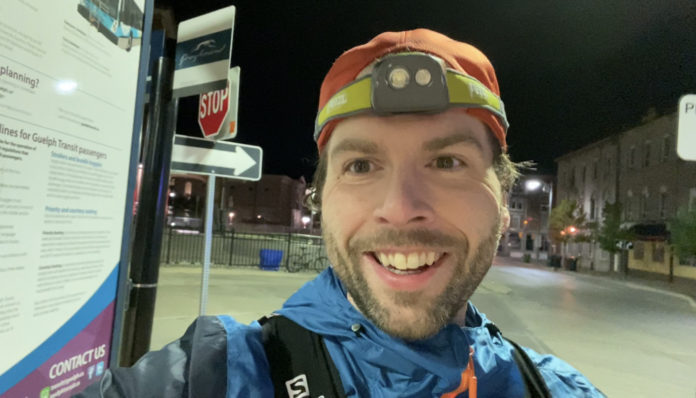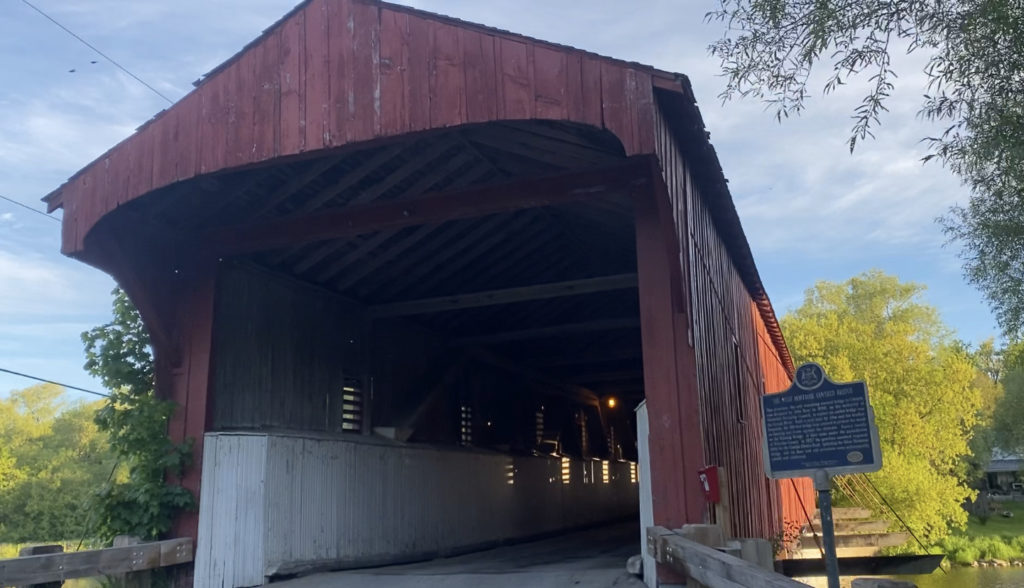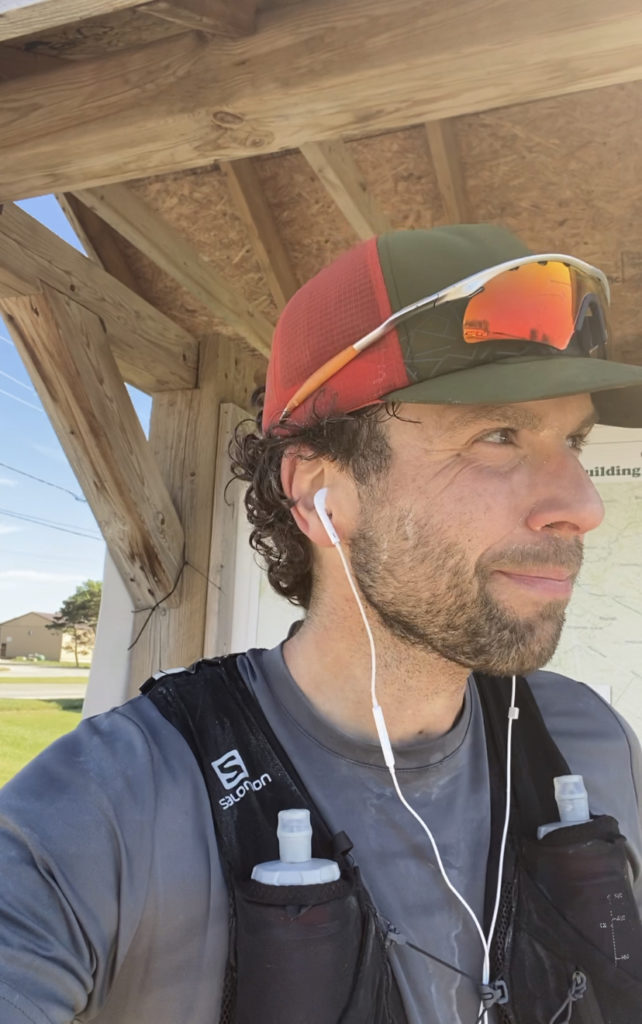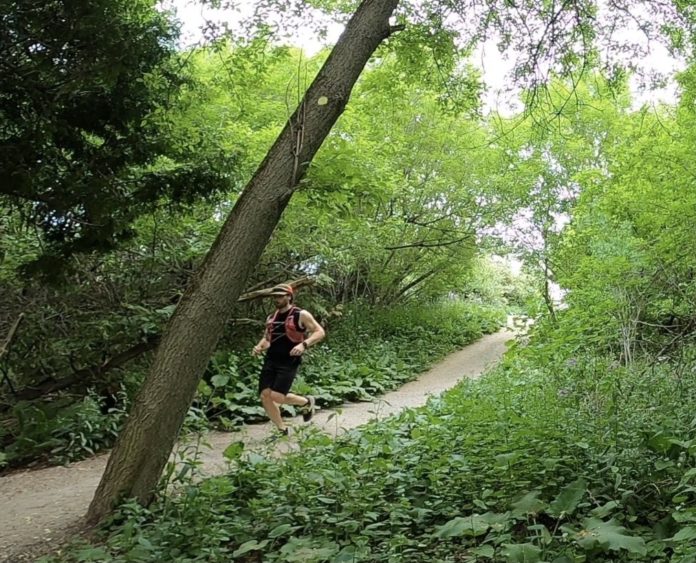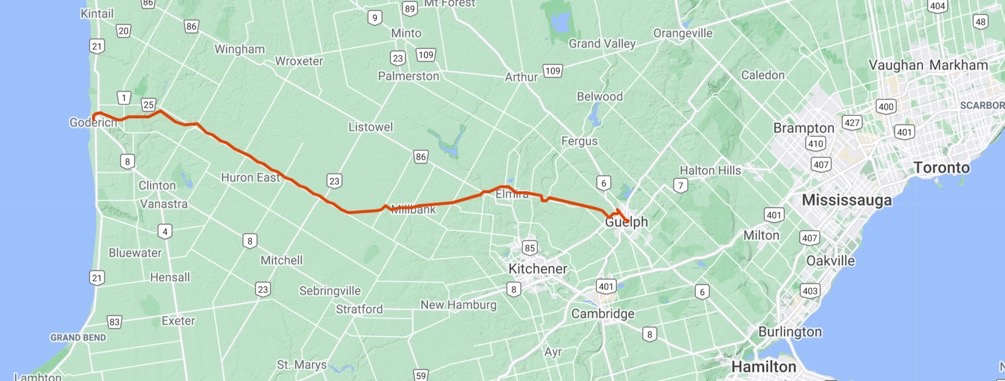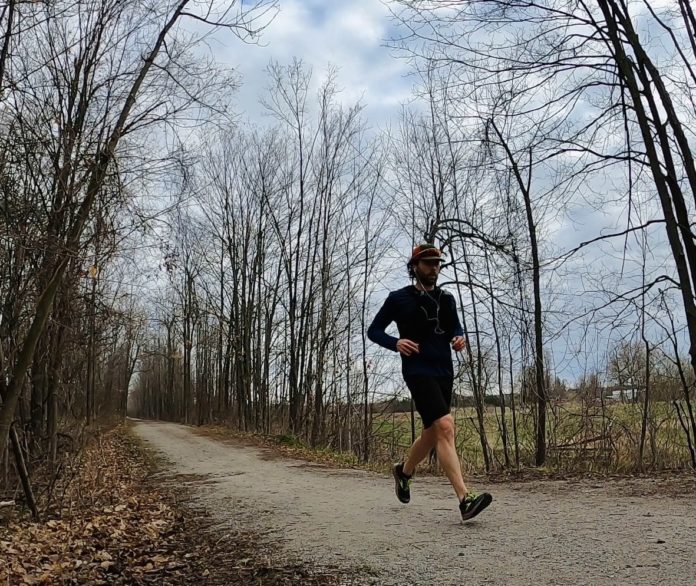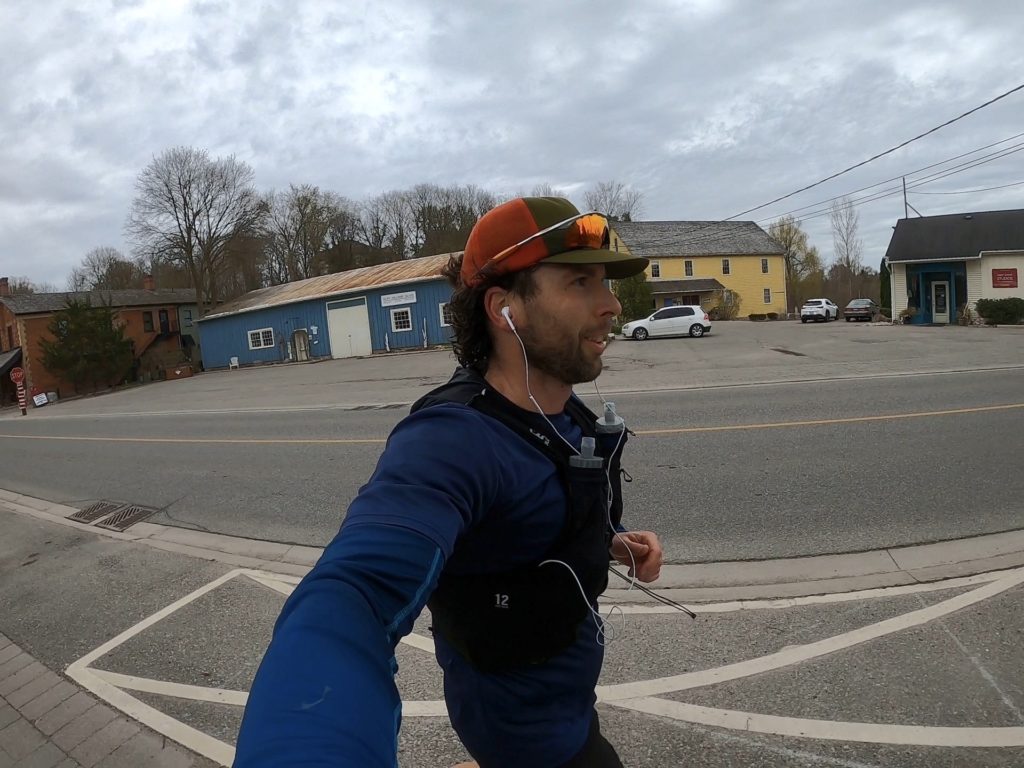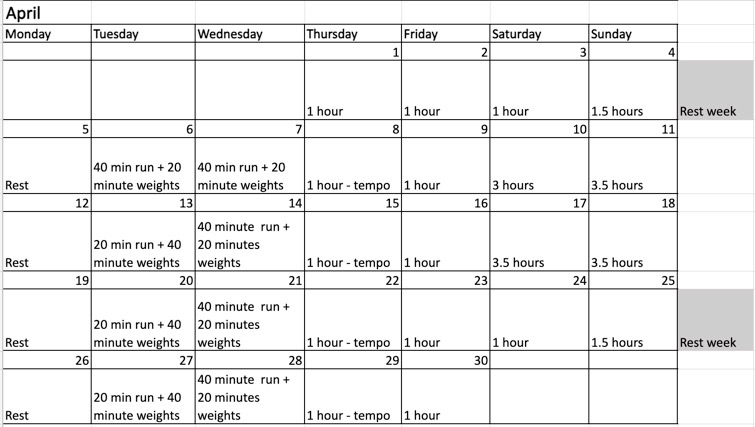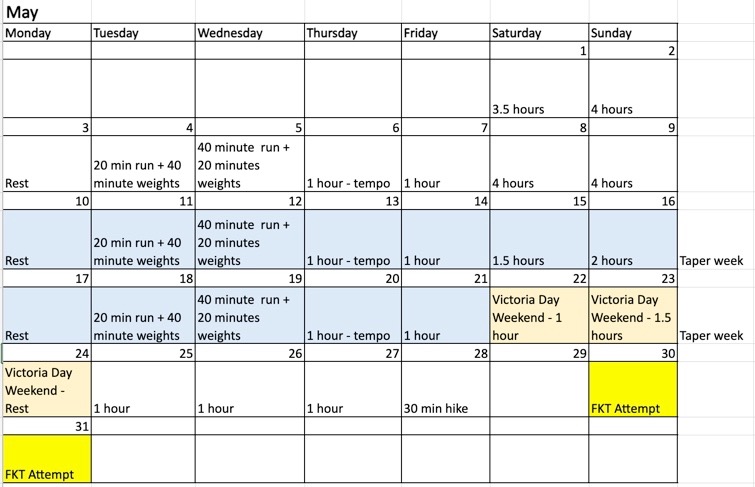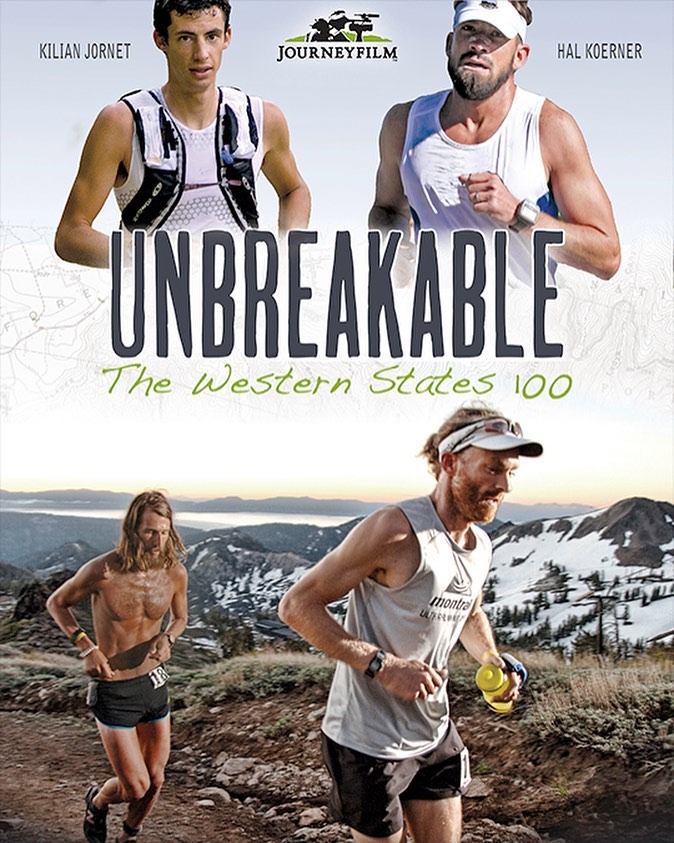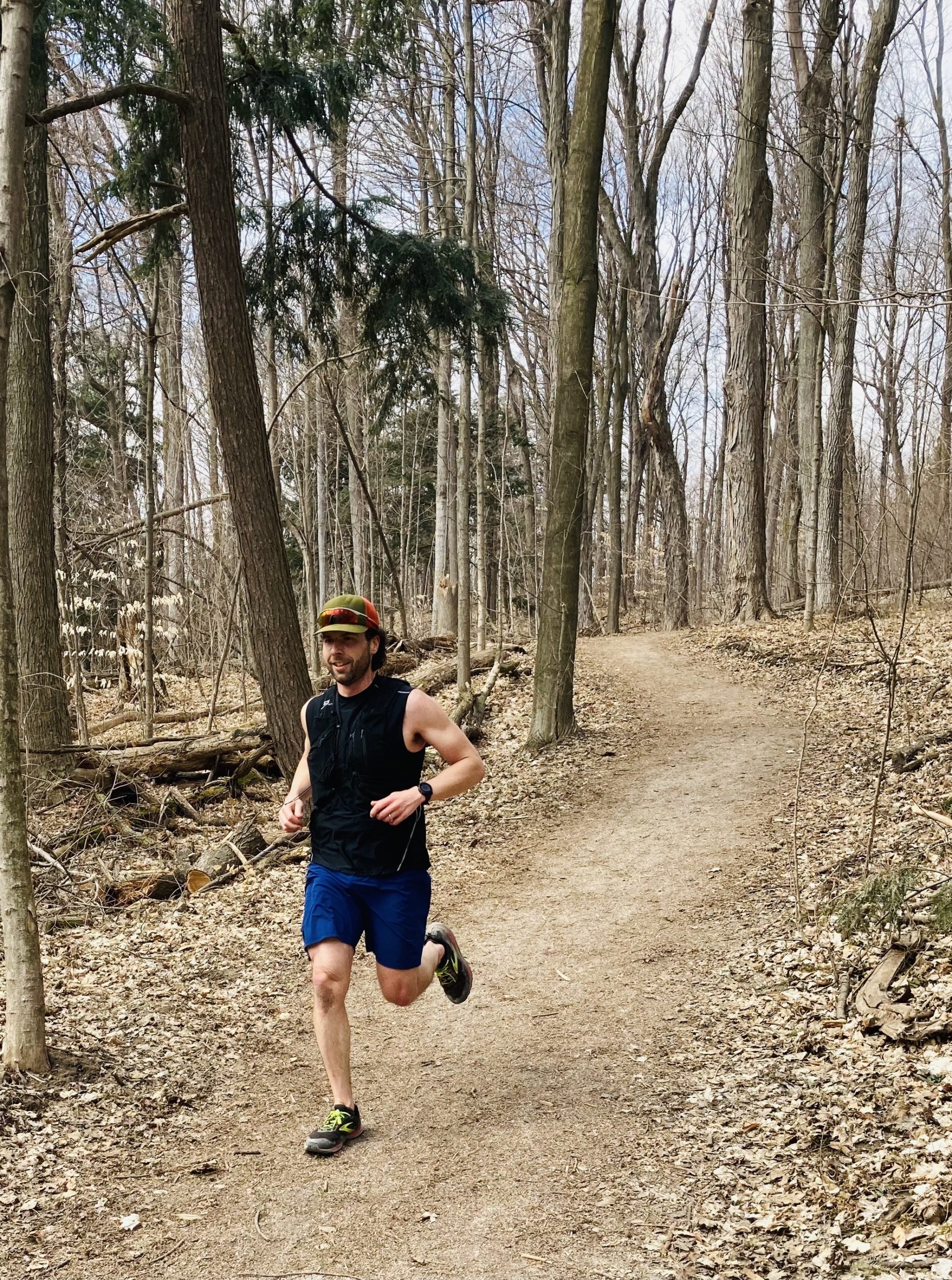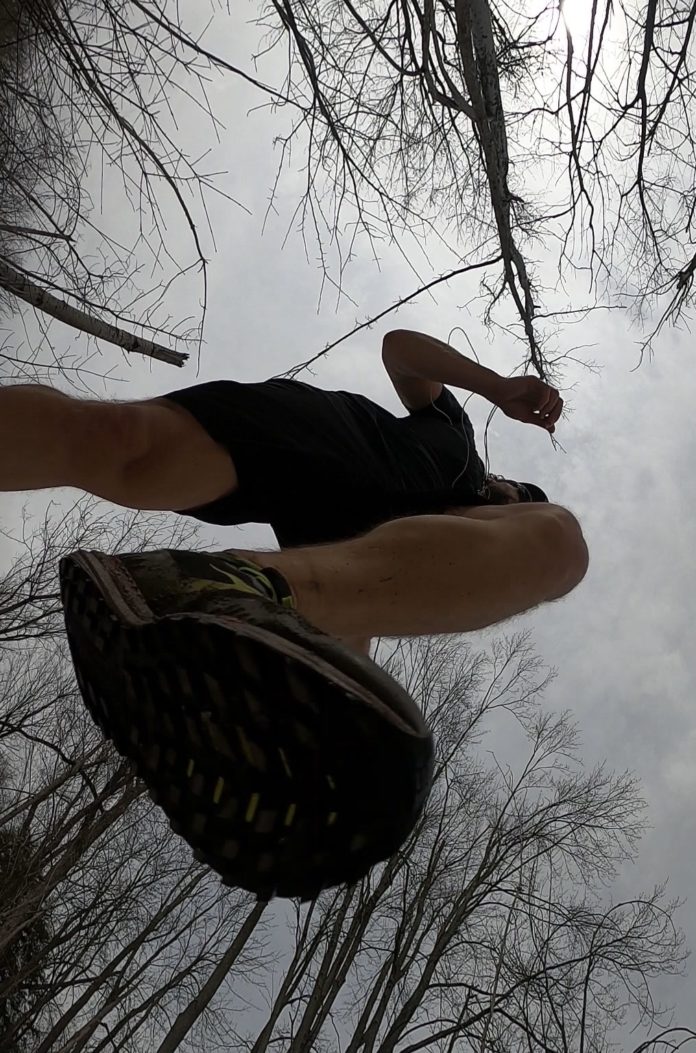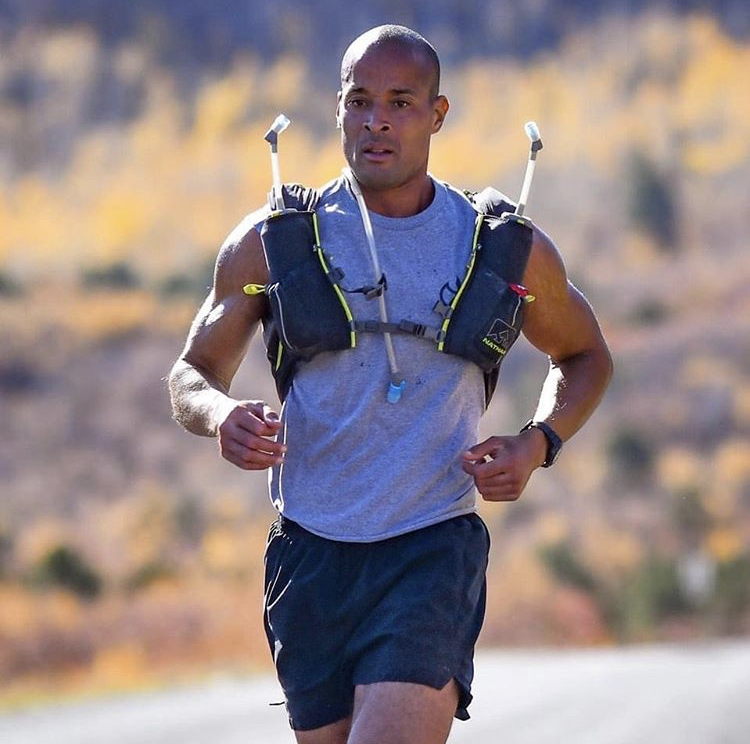I haven’t posted in a while and for a good reason… I wrote a book! I self published The Ultraliving Lessons, An Inspirational Guide to the Ultrarunning Way of Life in December, 2022 and the book is currently on sale through Amazon. It’s the first book that I’ve written and it took me around two and a half years to write.
In the first half of my book, I recount inspirational stories and the lessons that I’ve learned from them. The second half of my book is an ultrarunning manual which has all the tools you need to complete your first ultra. Even experienced ultrarunners can learn something. Here’s the description on the back of the book:
From first weighing close to 300 pounds to then being able to run 100 miles, Jordan Wickett’s journey through the world of ultrarunning is both courageous and inspiring. The Ultraliving Lessons shares Jordan’s adventures in ultrarunning and the uplifting lessons that he’s learned from them. Part inspirational guide and part manual, this book has all the tools necessary for a runner to complete their first ultramarathon.
In addition to the captivating stories, The Ultraliving Lessons has a reference guide with all the technical information a runner needs to finish any ultradistance race. Complete with detailed advice on running gear, guidance on race-day preparation and nutrition, and input on how to build an ultrarunning toolkit, the guide is a wealth of ultrarunning knowledge. The guide also includes comprehensive and proven training plans for 50-kilometre, 50-mile, 100-kilometre, or 100-mile races, as well as an overview of the top personalities in the sport.
A beginner can become an accomplished ultrarunner if they take The Ultraliving Lessons to heart.
I would love to hear from you if you have read my book. Please drop me a comment below or send me an E-mail.

